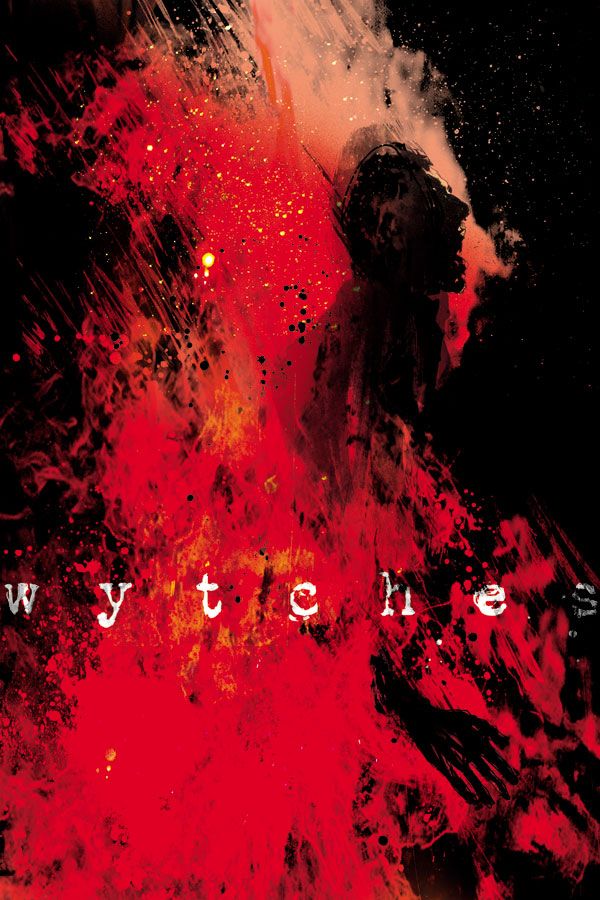Scott Snyder and Jock amp up the tension in "Wytches" #3, ironically by removing the main character for most of the issue, keeping readers in suspense regarding Sailor's whereabouts until the very end. This mystery is in addition to the usual dose of unsettling horror that readers have received in the series' first two issues, with much of it being a psychological kind of horror in addition to the creepier and more traditional variety. The flavor is a little different, but this issue is no less disturbing than either of its predecessors.
The supernatural element would be plenty scary on its own, but Snyder and Jock also evoke a "Blair Witch" kind of vibe with the setting in a wooded area, reminding readers just how frightening the woods can be when anything is even remotely amiss. Jock and colorist Matt Hollingsworth effectively convey this with a kind of hazy, nightmarish look; everything appears as though it's being viewed from a state of semi-consciousness, making the seemingly haunted tree seen in previous issues seem almost surreal, and even more horrific. Hollingsworth helps this along by using a splattering technique that adds to the uncomfortable sensation, achieving an effect akin to staring into the sun through the trees; undoubtedly the intent for the scenes in the forest. The effect doesn't work so well in some other scenes, though, where it's often distracting.
This issue also adds the type of horror that is one of every parent's worst nightmares: not knowing the fate of their missing child. Sailor's previously stoic father understandably starts to lose his composure, and with this, Snyder not only conjures up these fears in readers with children of their own, but also readers who remember the uneasy feeling of vulnerability they experienced as children when their own parents might have shown fear or faltered during stressful situations. Evoking fear of supernatural horror based on the imaginary is one thing, but real-life fears are far scarier, and Snyder successfully makes readers feel that kind of emotion.
While Sailor isn't seen much this issue, the story still centers around her, and her presence is still felt by way of an opening flashback, and more importantly, the discovery of her diary that reveals her unfiltered thoughts about the recent strange happenings in her life. These entries give readers a whole new perspective on how she's been coping with the various challenges in her life, and brilliantly grow her character despite her absence.
Those reading her account learn of her feelings the same way her father does, further triggering readers' latent parental reactions, and perhaps recollections of their own teen angst. The continued juxtaposition between the perspectives of parent and child are what engages the audience, and the other scares are what keep them on the edge.
Jock plays a large part in these scares, of course, and makes the extra effort; for example, he ensures that anyone who isn't squeamish around needles just might be after they finish this issue. His collaboration with Hollingsworth is seamless; the final look of the issue is more akin to a painting than traditional coloring that simply fills in the white space between the inks. Hollingsworth pulls off this look by applying texture to his colors, and this rich look is remarkably effective with the full bleed pages that leave virtually no unused space.
"Wytches" #3 succeeds on its ability to stroke readers emotions based on their fears, both real-life and imaginary, while further strengthening the story's central characters.

